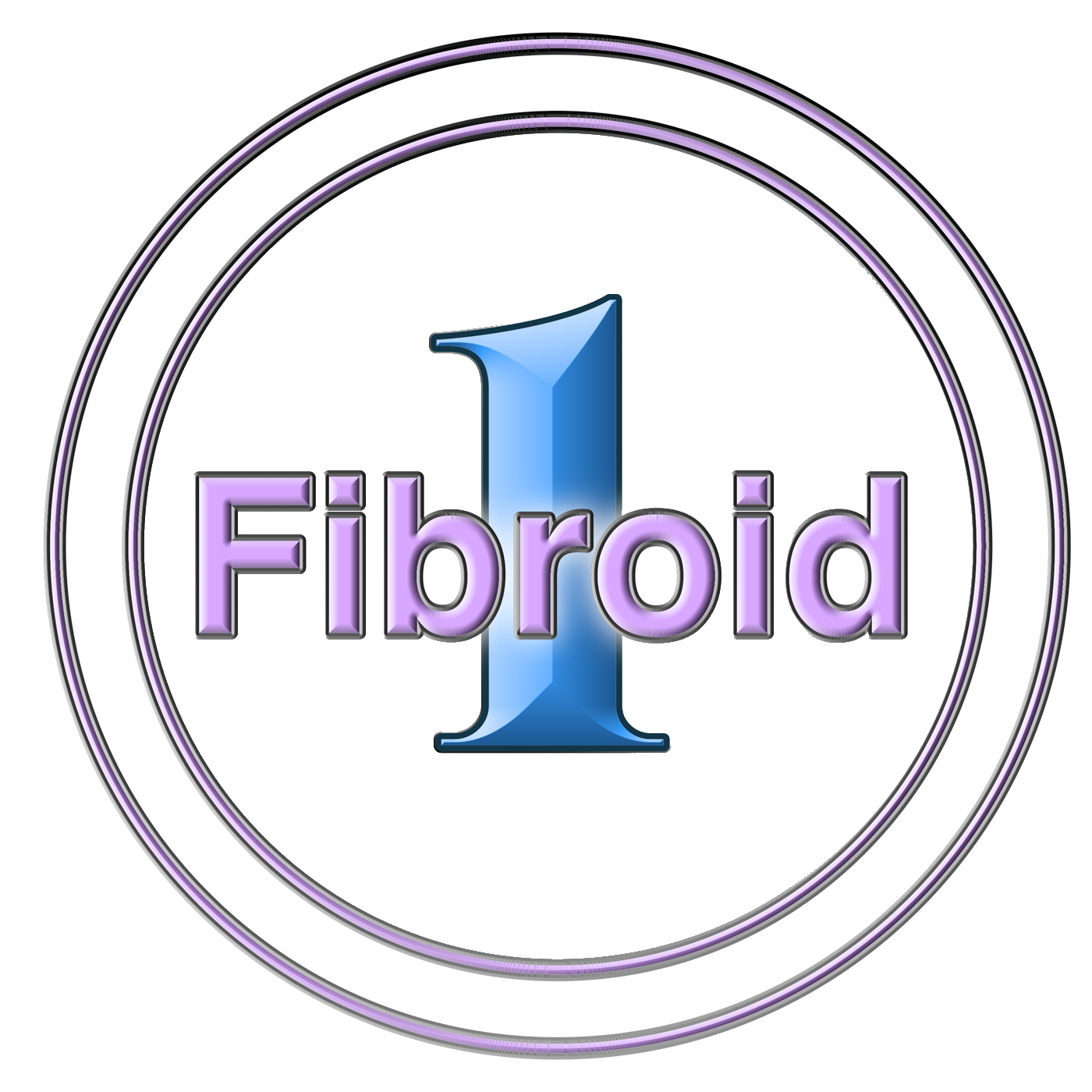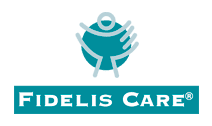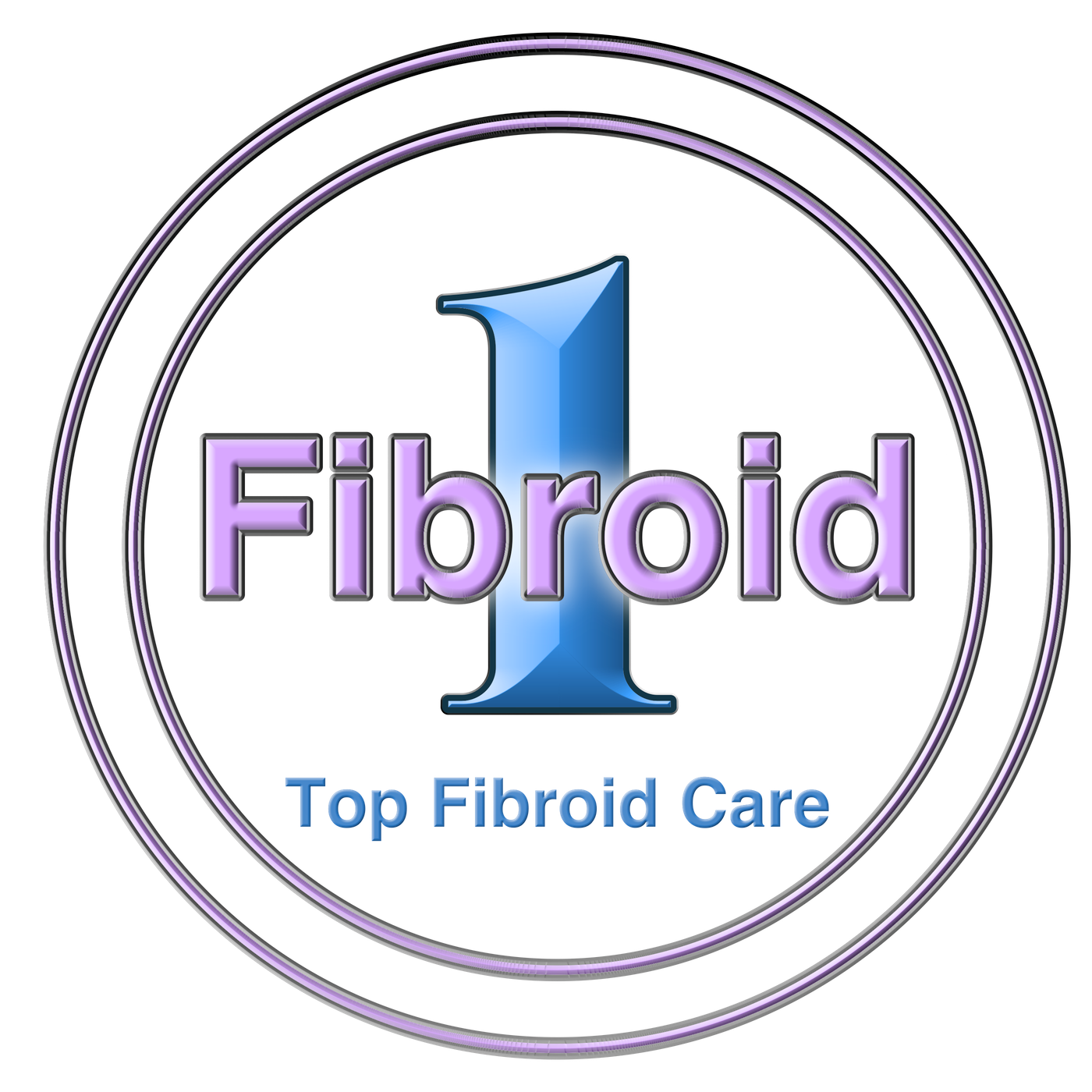For many women, gynecological health can feel like an ongoing journey. Conditions like uterine fibroids, adenomyosis, and pelvic congestion syndrome (PCS) are relatively common but can significantly impact daily life. Understanding these conditions is important, not just for symptom management, but also knowing what to expect. Staying informed and knowing how to make choices about your condition can make all the difference in living life fully and with confidence.
What Are Uterine Fibroids?
Uterine fibroids are non-cancerous growths that develop within the muscular wall of the uterus. These growths are incredibly common, affecting up to 80% of women by the age of 50, although many women may not even know they have them, as they can often be symptom-free.
When symptoms do occur, however, they can include:
- Heavy or prolonged menstrual bleeding
- Pelvic pain or pressure
- Frequent urination
- Pain during intercourse
The size of fibroids can vary, and they may grow singly or in clusters. Some women may experience fibroids that are small and relatively inconsequential, while others might deal with large fibroids that significantly affect quality of life. Fibroids are often hormone-driven, meaning they grow in response to estrogen and progesterone. This is why they tend to shrink after menopause, when hormone levels naturally decrease.
Causes of Uterine Fibroids
The exact cause of fibroids remains unclear, but genetics, hormonal imbalances, and family history all play a role in their development. Women who have close relatives with fibroids are at an increased risk, and research suggests that certain genetic mutations may contribute to fibroid growth. While fibroids themselves are not cancerous, they can lead to complications like anemia due to heavy bleeding or fertility issues if they interfere with the uterus or fallopian tubes.
Treatment Options
If fibroids cause symptoms, there are several treatment options available, including:
- Medications to manage symptoms such as heavy bleeding or pain.
- Uterine Fibroid Embolization (UFE), a minimally invasive procedure that blocks blood flow to fibroids, causing them to shrink.
- Surgical interventions, such as myomectomy (removal of fibroids) or hysterectomy (removal of the uterus), if necessary.
Each treatment option depends on the size and location of the fibroids, as well as the woman’s fertility and personal preferences.
What Is Adenomyosis?
Adenomyosis is a condition where the endometrial tissue (the lining of the uterus) begins to grow into the muscular wall of the uterus. This condition can be challenging because its symptoms often overlap with other gynecological disorders, such as fibroids or endometriosis.
Symptoms of Adenomyosis
Common symptoms of adenomyosis include:
- Severe menstrual cramps
- Heavy menstrual bleeding
- Chronic pelvic pain
- Painful intercourse
The condition can cause the uterus to become enlarged and tender, often leading to a feeling of pelvic fullness or bloating. Adenomyosis is most common in women between the ages of 40 and 50, particularly those who have had children. However, it can occur at any age.
Causes of Adenomyosis
Like fibroids, the exact cause of adenomyosis remains unclear, but several factors may contribute to its development:
- Hormonal changes, especially involving estrogen and progesterone.
- Childbirth-related trauma may be a contributing factor, with the condition being more common in women who have had multiple pregnancies.
- Inflammation and an imbalance in the immune system may also play a role in adenomyosis development.
Treatment Options
While adenomyosis doesn’t have a definitive cure, treatments focus on managing symptoms:
- Hormonal therapy to regulate menstrual cycles and reduce bleeding.
- Minimally invasive procedures like Uterine Artery Embolization (UAE) to shrink the tissue causing symptoms.
- Hysterectomy, particularly for women who no longer wish to have children or who have severe symptoms that don’t respond to other treatments.
What Is Pelvic Congestion Syndrome (PCS)?
Pelvic Congestion Syndrome (PCS) is a condition where the veins in the pelvic region become dilated and engorged, similar to varicose veins in the legs. This leads to chronic pelvic pain that worsens throughout the day, especially after standing or sitting for long periods. PCS is often underdiagnosed and can be mistaken for other conditions like fibroids or adenomyosis.
Symptoms of PCS
Women with PCS may experience:
- Chronic pelvic pain that worsens after standing for long periods or before menstruation.
- Swelling or a feeling of heaviness in the pelvic area.
- Pain during intercourse.
- Varicose veins in the vulva, buttocks, or thighs.
The pain from PCS often intensifies after long periods of standing and may be relieved by lying down. The symptoms of PCS can overlap with those of other conditions, making diagnosis more challenging.
Causes of PCS
PCS is primarily caused by poor blood flow in the pelvic veins. Enlarged veins in the pelvic region lead to blood pooling and increased pressure in the pelvic area. This condition is commonly seen in women who have had multiple pregnancies, and it can also be linked to genetic factors related to vein weakness.
Treatment Options
Treatment for PCS includes:
- Uterine Artery Embolization (UAE): A procedure where the blood flow to the enlarged veins is blocked, reducing pain and swelling.
- Compression garments: Wearing pelvic compression stockings can help improve circulation and alleviate pain.
- Medications: Pain management and anti-inflammatory drugs can help control discomfort.
Managing Symptoms and Planning for the Future
Living with uterine fibroids, adenomyosis, or pelvic congestion syndrome can be challenging, but it’s important to remember that effective management is possible. Many women successfully manage symptoms with a combination of medical treatments, lifestyle adjustments, and emotional support.
Self-Care and Lifestyle Adjustments
- Diet and Hydration: Maintaining a healthy, balanced diet and staying hydrated can help regulate hormones and reduce inflammation.
- Exercise: Regular physical activity, particularly low-impact exercises like walking or swimming, can improve circulation and reduce pelvic pressure.
- Stress Management: Techniques like yoga, meditation, and deep breathing can help manage stress, which can exacerbate symptoms.
Support and Community
Living with these conditions can be emotionally taxing, so it’s essential to seek support. Whether it’s connecting with a therapist, joining a support group, or talking to loved ones, emotional well-being is just as important as physical health in managing uterine conditions.
1Fibroid in New York is Here to Support You
Understanding uterine fibroids, adenomyosis, and pelvic congestion syndrome is the first step in managing these conditions and taking control of your health. While these conditions may bring challenges, there are a wide range of treatment options available to alleviate symptoms and improve your quality of life.
If you’re dealing with fibroids, adenomyosis, or PCS, take comfort in knowing that with the right care and support, you can continue to thrive and plan for the future with confidence. For support on your journey, call 212-991-9991 today to learn more about your options for better health and symptom relief at 1Fibroid in New York.












